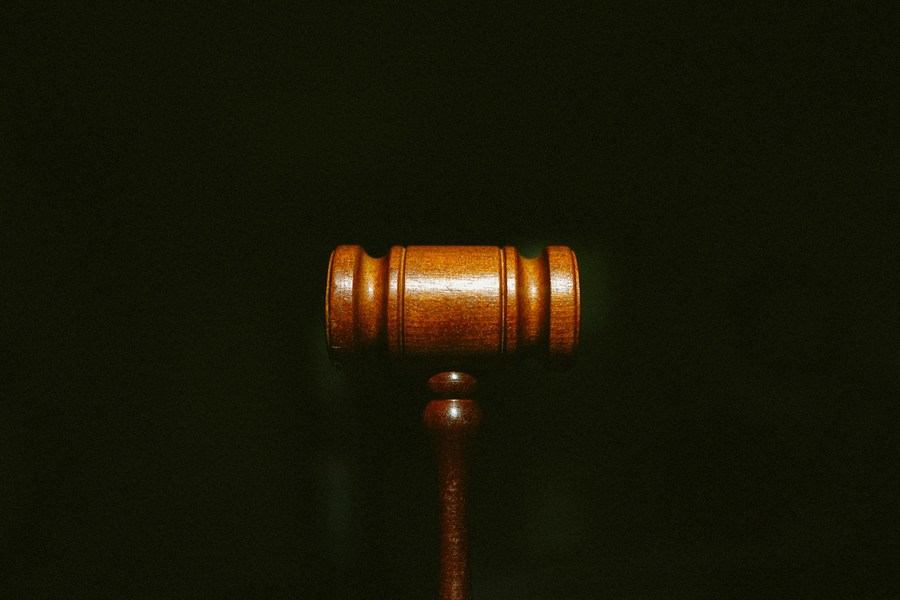In mesothelioma lawsuits, evidence is the backbone of a successful claim. Without solid proof, it becomes challenging to hold the responsible parties accountable and secure compensation for the affected individuals. This section delves into why evidence is crucial, the types of evidence needed, and the challenges faced in gathering it.
Medical Documentation: Key Evidence for Your Case
Obtaining Medical Records
Gathering any medical records that document your mesothelioma diagnosis is essential. Speak to your healthcare team about obtaining all necessary documents and a physician’s statement linking your asbestos exposure to your diagnosis. It’s also important to assemble proof of employment, such as tax records.
Doctor’s Statement and Diagnosis
A doctor’s statement from a physician explicitly connects asbestos exposure to your diagnosis. This statement is a critical piece of evidence needed for your mesothelioma lawsuit, playing a big role in establishing the causal link required for your legal claim.
Imaging and Pathology Reports
Other types of evidence that your legal team can collect to support your claim include witness testimony from co-workers and expert testimony from medical professionals such as radiologists and oncologists. Your lawyer can assist you in collecting everything needed to build a stronger case.
Employment and Exposure History
Collecting Employment Records
Gathering employment records is a crucial step in building a strong mesothelioma lawsuit. These records can include tax documents, pay stubs, and human resources paperwork. Your lawyer will use these documents to establish a timeline of your work history and identify periods when you may have been exposed to asbestos.
Identifying Asbestos Exposure Sites
Determining where you were exposed to asbestos is essential. Investigators will ask about the job sites you worked at and cross-reference this information with known asbestos exposure sites. Many law firms maintain extensive records of job sites where asbestos was heavily used, helping to pinpoint exact locations of exposure.
Witness Testimonies from Co-workers
Statements from former co-workers can provide valuable evidence. These testimonies help corroborate your account of asbestos exposure. Witness statements can be particularly compelling, as they offer firsthand accounts of the working conditions and the presence of asbestos at your job sites.
Role of Legal Professionals in Evidence Collection
Legal professionals play a crucial role in gathering evidence for mesothelioma lawsuits. Their expertise and resources can significantly strengthen your case, ensuring you have the best chance for a successful outcome.
Steps to Filing a Mesothelioma Lawsuit
Filing a mesothelioma lawsuit involves several important steps. These steps help build a strong case and increase the chances of a favorable outcome.
Initial Consultation with an Attorney
The first step is to seek appropriate legal counsel. Finding an experienced mesothelioma attorney is crucial. They will guide you through the process, gather necessary documents, and investigate the companies responsible for asbestos exposure.
Filing the Complaint
Once you have chosen an attorney, the next step is to file the complaint. Your attorney will notify the defendants of your intention to seek damages and file the case with the appropriate court. This step is essential, especially if you had exposure in multiple jurisdictions.
Discovery Phase and Evidence Sharing
The discovery phase involves information sharing between the plaintiff and defendant. During this process, your attorney will gather evidence, such as company records, and conduct depositions. This phase is critical for building a strong case and showing the other side the strength of your claim.
Proving Secondary Asbestos Exposure
Understanding Secondary Exposure
Secondary asbestos exposure, also known as secondhand exposure, happens when someone comes into contact with asbestos fibers indirectly. This often occurs when workers bring home asbestos fibers on their clothing, hair, or skin, exposing family members.
Gathering Evidence for Secondary Exposure
To prove secondary asbestos exposure, several types of evidence can be gathered:
- Primary Exposure Documentation: Collect records of the primary person’s work history and job sites where asbestos was present.
- Witness Statements: Obtain testimonies from co-workers who can confirm the primary person’s exposure to asbestos.
- Family Testimonies: Gather statements from family members who experienced secondary exposure.
Legal Precedents and Case Studies
Legal precedents and case studies can provide valuable insights into how secondary asbestos exposure claims have been successfully proven in the past. Reviewing these cases can help build a stronger claim by understanding the types of evidence and arguments that have been effective.
Experienced lawyers can piece together this evidence to build a compelling case, helping plaintiffs hold those responsible accountable.
Maximizing Compensation Through Strong Evidence
Impact of Strong Evidence on Settlements
In mesothelioma lawsuits, having tangible evidence can significantly impact the settlement amount. The more solid the evidence, the higher the chances of securing a favorable settlement. This is because defendants are more likely to offer a substantial amount if they believe they might lose at trial. Therefore, gathering comprehensive evidence is crucial.
Types of Compensation Available
Victims of mesothelioma can pursue various types of compensation, including:
- Lost wages: Compensation for income lost due to illness.
- Medical expenses: Coverage for treatment costs, including hospital stays, medications, and surgeries.
- Pain and suffering: Monetary compensation for physical and emotional distress caused by the disease.
- Funeral expenses: Costs associated with burial and funeral services.
Strategies for Strengthening Your Case
To maximize compensation, it’s essential to adopt effective strategies for strengthening your case. Here are some key steps:
- Choose a lawyer with a successful track record in handling mesothelioma cases. This is the most important step you can take to maximize your settlement.
- Gather comprehensive evidence: Collect all relevant medical records, employment history, and witness testimonies.
- Leverage expert testimonies: Utilize experts to provide testimony on medical, occupational, and economic aspects of your case.
- Stay organized: Keep all documents and evidence well-organized to present a clear and compelling case.
By following these strategies, you can enhance your chances of securing the maximum compensation possible for your mesothelioma lawsuit.




